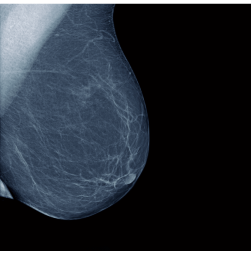Early detection

Early detection in high-risk individuals is crucial.
It allows finding disease at early stages, when the chance of eradicating it is higher.
Uncovering in situ carcinomas in the case of breast cancer for example, like early polyps in colorectal cancer, leads to prevention of the disease in about 100% of cases.
In hereditary breast cancers, because there is mainly an increased risk of breast and ovarian cancer, the focus tends to be on mammary and gynecological surveillance using magnetic resonance imaging (MRI) and mammography.
However, surveillance should also cover other cancers associated with the syndrome (e.g., in BRAC-2 mutations, besides breast and ovarian cancer, there is also the risk of melanoma and stomach cancer).
In hereditary cancers, the disease tends to develop earlier, so screenings in these women should not only start earlier but also be more regular than what is recommended to the general population.




